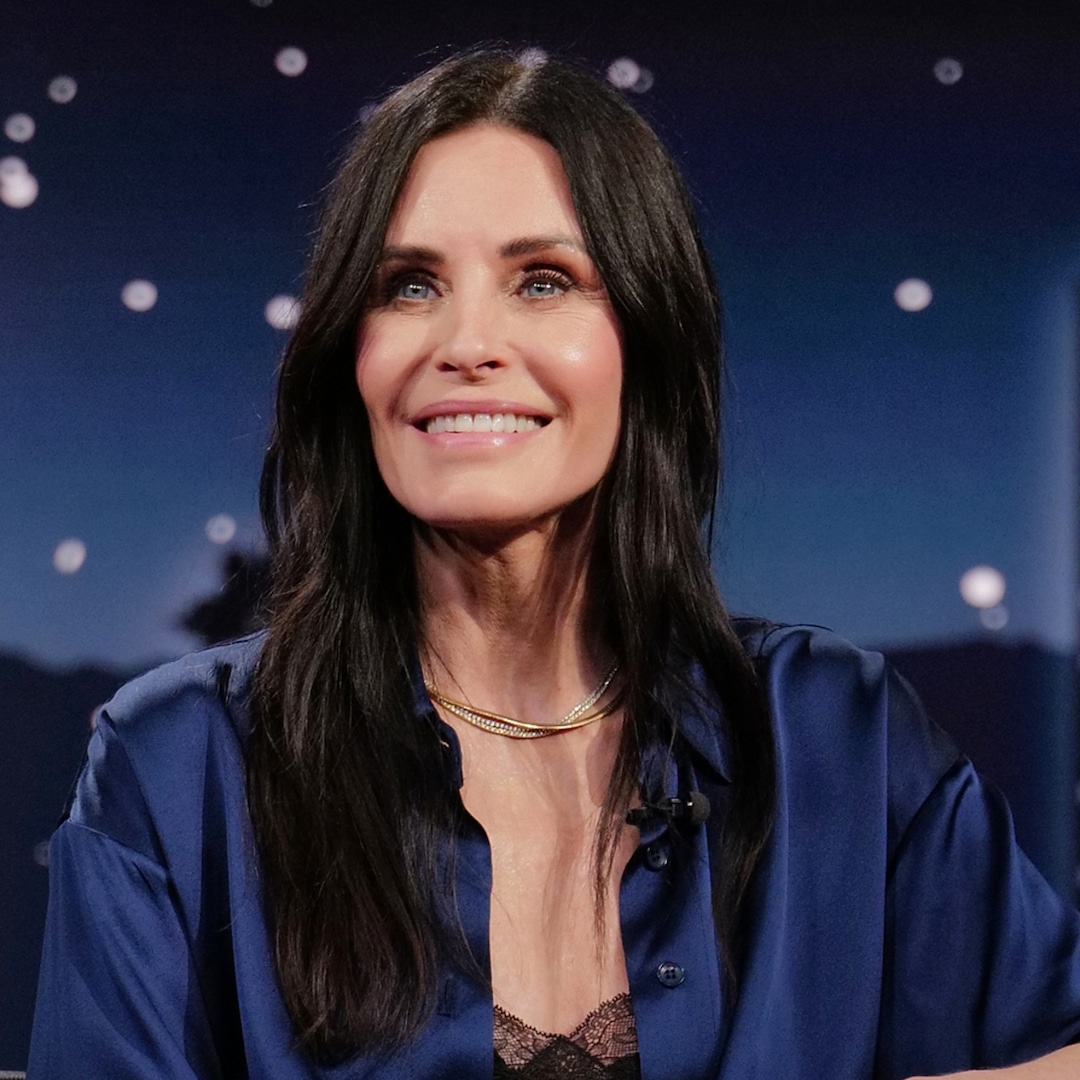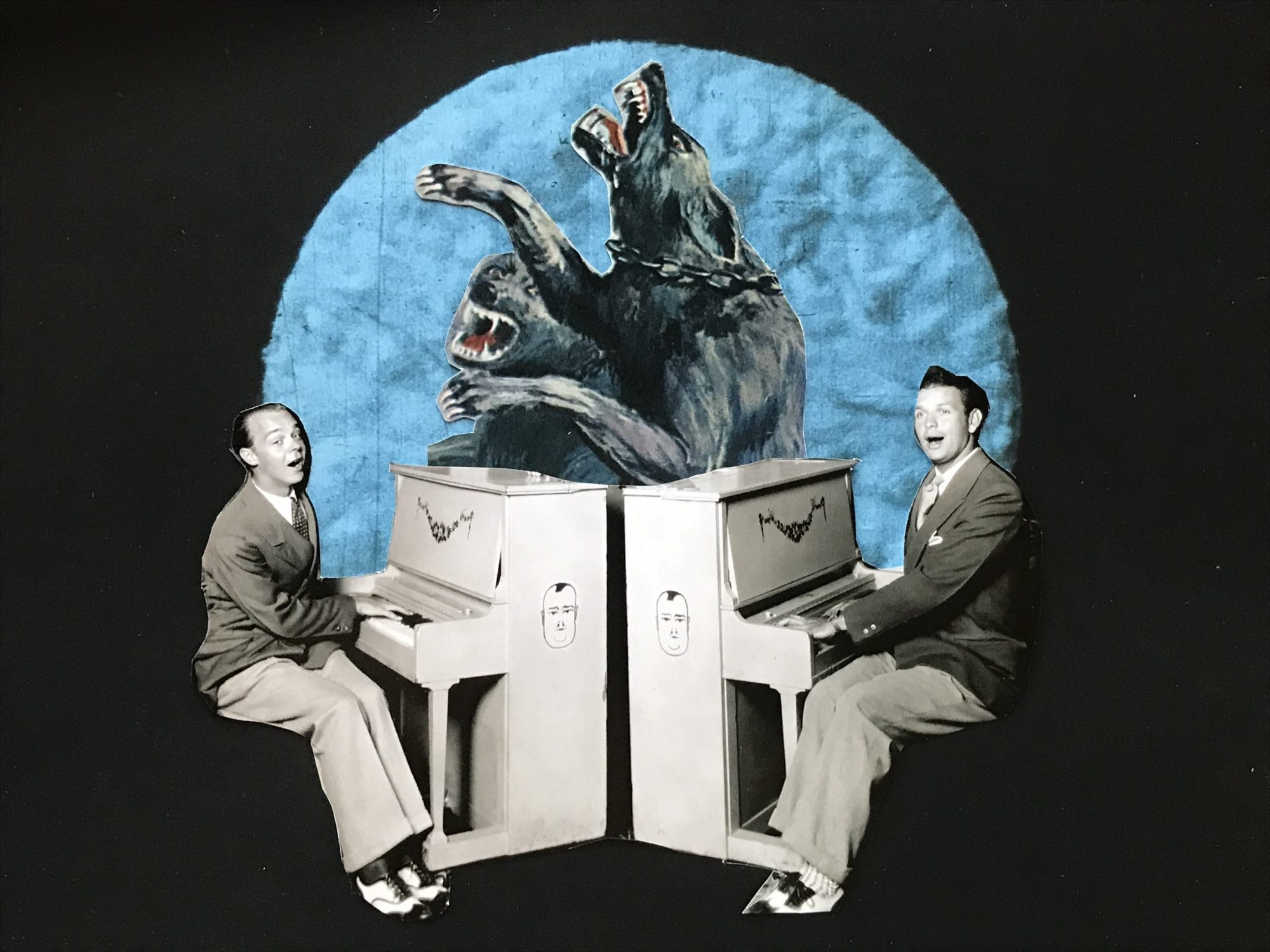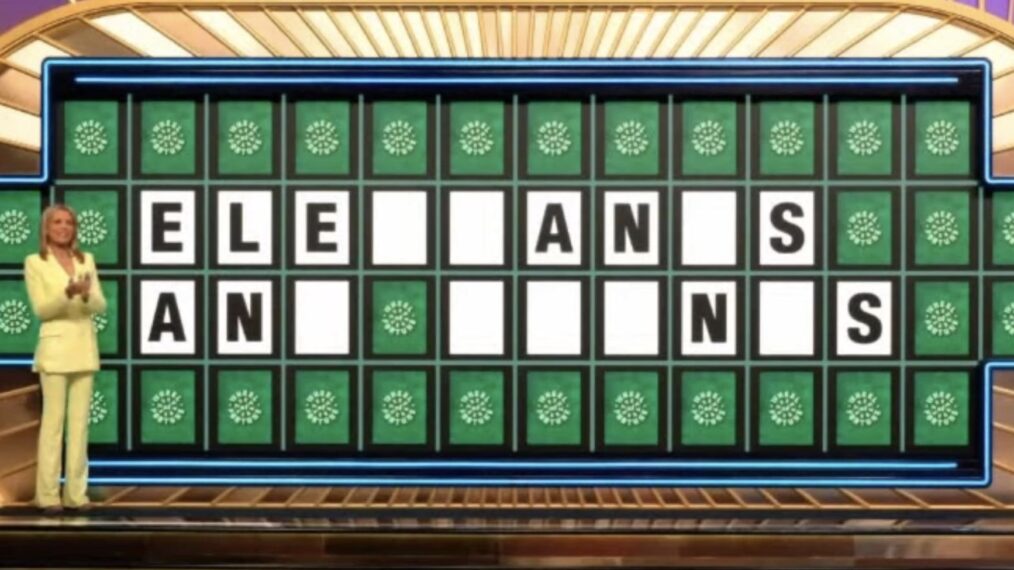Among all the traditions horror broke and reinvented during the 1990s, perhaps none proved more impactful than a surge in self-referential “meta” horror. Films like Scream, I Know What You Did Last Summer, and Urban Legend gleefully dismantled genre tropes, commenting knowingly on clichés even as they deployed them for maximum scare factor. These slick, mainstream teen screamfests brought a bold new era of horror satire to multiplexes and sparked a lucrative subgenre.
While horror had featured comedic jabs at its own expense before, scripts for 80s slashers played it straight. Self-parody was mainly left to overt horror comedies like Re-Animator. But the 90s brought Generation X’s detached irony and cynicism to the forefront of youth culture. A postmodern horror revolution followed that acknowledged audiences had seen all the tricks before.
Director Wes Craven proved instrumental in ushering meta-horror into wide release. After exhausting the Nightmare on Elm Street series, he sought to deconstruct slasher conventions through biting commentary in Scream. Screenwriter Kevin Williamson’s soundtrack-savvy teens openly mocked the “sin and die” morality and sexist tropes of films they’d clearly grown up watching. Scream’s characters knew the rules even as they couldn’t escape falling victim to them.
By having characters openly discuss being in a horror movie, Scream pulled back the veil like never before. It rewarded viewers for genre literacy even as Ghostface stalked hapless victims. The self-aware dialogue amplified tension with uneasy laughs by suggesting films had only shown us a fraction of true evil. In one scene, Jamie Kennedy’s horror geek literally laid out all the slasher “rules” knowingly, cementing Scream as a mission statement.
I Know What You Did Last Summer quickly seized the baton, closely replicating Scream’s postmodern remix approach. Based on a novel but extensively reworked by Williamson, the script directly references Scream and again involves killer stalking teens tied to a buried secret. More narratively formulaic but lavishly produced, IKWYDLS retained the self-aware dialogue and irony.
Urban Legend and other late-90s slashers followed suit, filling stories with characters oddly knowledgeable of horror conventions for their own survival. The metatextual framing device let writers pay homage to the greats even while pointing out their dated aspects. Audiences ate up both sincere tributes and tongue-in-cheek jokes at horror’s expense.
By today’s standards, these films take a light touch to deconstructing genre tropes compared to something like The Cabin in the Woods. But in the 90s, acknowledging clichés knowing the audience noticed them felt fresh and mischievous. The detached, sarcastic tone captured a generation.
Of course, misogynistic eye-roll moments abound when viewed today with a more progressive lens. But within the context of 90s teen culture, the constant winking about virginal “good girls” and promiscuous “bad girls” meeting gory ends commented on horror’s dubious morality rather than only endorsing it. The films encouraged laughing at tired formulas as well as embracing them.
Casting fresh-faced Hollywood stars like Neve Campbell, Sarah Michelle Gellar, Jennifer Love Hewitt and Freddie Prinze Jr. in horror headliner roles also proved a crucial strategy. Attaching young TV actors with teen followings brought built-in mainstream appeal. The calculated casting ensured that hip new horror would dominate multiplexes instead of only arthouses.
Without the rise of self-aware 90s horror, the snarky styles of contemporary hits like Jennifer’s Body or productions satirizing genre tropes on American Horror Story likely wouldn’t exist. The legacy of Craven and Williamson’s slick, sarcastic approach endures in how today’s horror winks knowingly at audiences in on the joke.
Of course, detractors also blame meta-horror for dumbing down films and characters into obvious caricatures defined only by quips and bad decisions. Some argue the subgenre’s sarcasm and irony comes at the expense of genuine scares and emotional investment. Others believe constant self-referential humor renders horror too lightweight.
And certainly, many late-90s imitators relied too heavily on post-modern jokes at the expense of crafting actual tension or memorable style. Endless rehashing of the same in-jokes grew tiresome over multiple sequels. But the original Scream and IKWYDLS maintain cleverness, thrills, effective twists, and winning performances that transcend pure parody. They ride the line artfully.
While horror purists bristled at overt winking replacing atmosphere, Craven and Williamson found the right balance for mainstream crowds. For fledgling horror buffs of a cynical generation, the meta-horror invasion was a revelation. Viewers felt rewarded for their genre knowledge via plot points and references. Easter egg moments that only die-hards noticed bonded fans.
Rather than reject horror’s past, Savvy 90s slashers paid homage through loving mockery. The references to Halloween, Friday the 13th and more framed classic moments as timeless and iconic even if certain dated tropes required updating. Meta-horror walked an amusing line between criticism and tribute.
Often these films featured characters surprised at the real danger they faced due to “knowing” the cliché motions. Writers toyed with viewer expectations by misdirecting savvy audience knowledge of the standard rhythms and conventions. The formula tweaks and subversions kept fans guessing without straying too far into alienating territories.
For scary movie lovers raised on VHS rentals of 80s slashers, meta-horror arrived at the perfect cultural moment to dissect nostalgic horror from an older, wiser perspective.

Founder and Lead Developer for Horror Facts independent horror magazine.
Husband, Sailor and Independent Writer


























































![Mason Ramsey – Twang [Official Music Video] Mason Ramsey – Twang [Official Music Video]](https://i.ytimg.com/vi/xwe8F_AhLY0/maxresdefault.jpg)





















